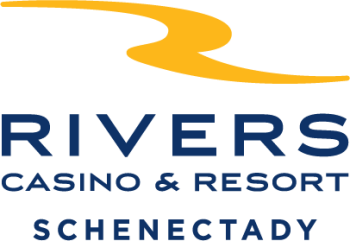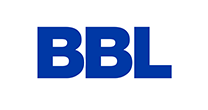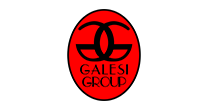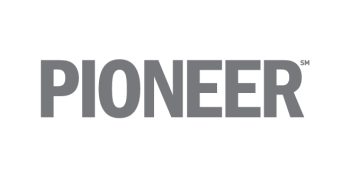News
April 19, 2017Chazen Honored at NYC Gala
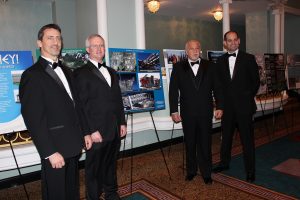 The Chazen Companies was recently awarded two Diamond Awards, the highest level achievable, in Engineering Excellence and was honored at the 50th Annual Engineering Excellence Awards Gala on Saturday, April 1st in NYC.
The Chazen Companies was recently awarded two Diamond Awards, the highest level achievable, in Engineering Excellence and was honored at the 50th Annual Engineering Excellence Awards Gala on Saturday, April 1st in NYC.
The Engineering Excellence Awards were awarded for Chazen’s Kaal Rock Connector Feasibility Study in the category of Studies, Research and Consulting Engineering Services, and for the work with RSR Corp. for the Wet Electrostatic Precipitator (WESP) project in the category of Industrial and Manufacturing Process and Facilities.
“Chazen holds pride in all of our projects, big or small. The Kaal Rock and RSR projects are two examples in particular that put our multiple disciplines and new technology on display and essentially break the engineering molds. We are honored to be recognized for them,” said Mark Kastner, President, The Chazen Companies. “A happy client is what drives us. Receiving honors, such as the Diamond Awards, only make us more grateful.”
The Kaal Rock project was commissioned by The Poughkeepsie Alliance to assess the feasibility of constructing a walkway around Kaal Rock Point called the Kaal Rock Connector. The major technical challenge is a large rock outcrop that extends out from the shore into the Hudson River on City parkland, cutting the waterfront and proposed greenway in two. The team studied the site, geology of the rock and past design efforts and developed a walkway geometry that was best suited for the site. Chazen offered a public park design that integrates the walkway into the site, creates a quiet wooded oasis, allows users to experience the face of Kaal Rock and provides a “million dollar” view of the Hudson River. The project recently received a $500,000 Consolidated Funding Application (CFA) grant to advance the design.
Chazen supported RSR from planning through construction for the WESP. The WESP technology removes pollution from the air using electricity and moisture. Chazen utilized 3D laser scanning to create a computer model of the existing equipment and structural components and used the model to design new structures, maintaining existing clearance for access and forklift traffic below to provide accurate measurements to the steel fabricators. Chazen also designed a thirty-six-foot wide, nine-foot deep and eighty-foot long steel truss to position new ductwork and carry workers across the railroad spur while still providing the necessary clearance for boxcars below.








